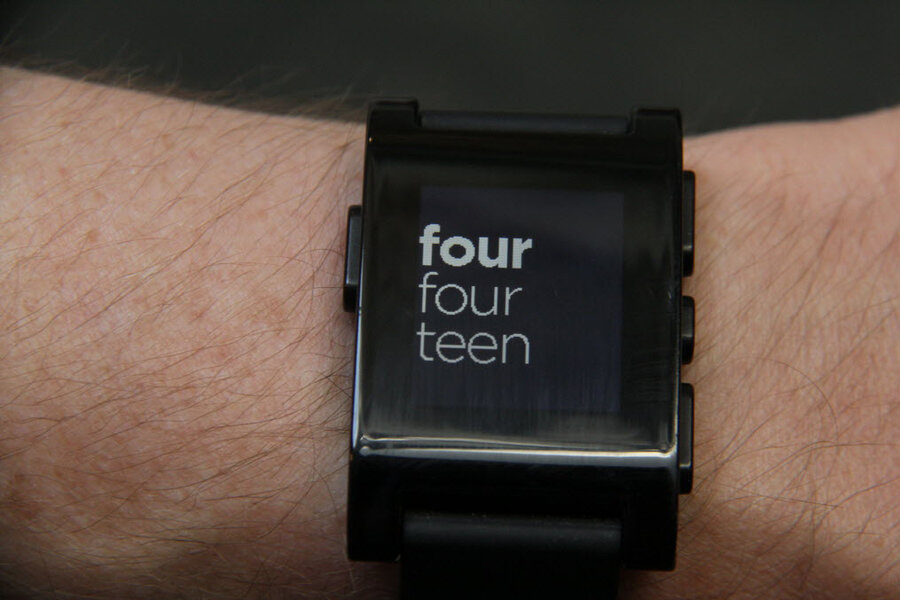The Pebble quickly became one of the most trumpeted smart watches. It was funded by a $10.2-million Kickstarter campaign in 2012. Its capability is basic: users can preview text messages, social media notifications, and incoming calls, plus control the music playing on your phone.
Right now, iPhone users can only get notifications for Gmail, text, and phone calls, but Android users can also get a few more app notifications, including calendar and Facebook. Early reviews have said the notifications are still hit-or-miss, sometimes coming in late, sometimes overloading the watch. But anyone can write an app for Pebble, which means the implications for future use are big. Aesthetically, it has a sleek design and light font – stylish in a techie way. Keep your eyes on this timepiece.
Price: $150
Colors: Silver, Red, Black, Orange, Gray







